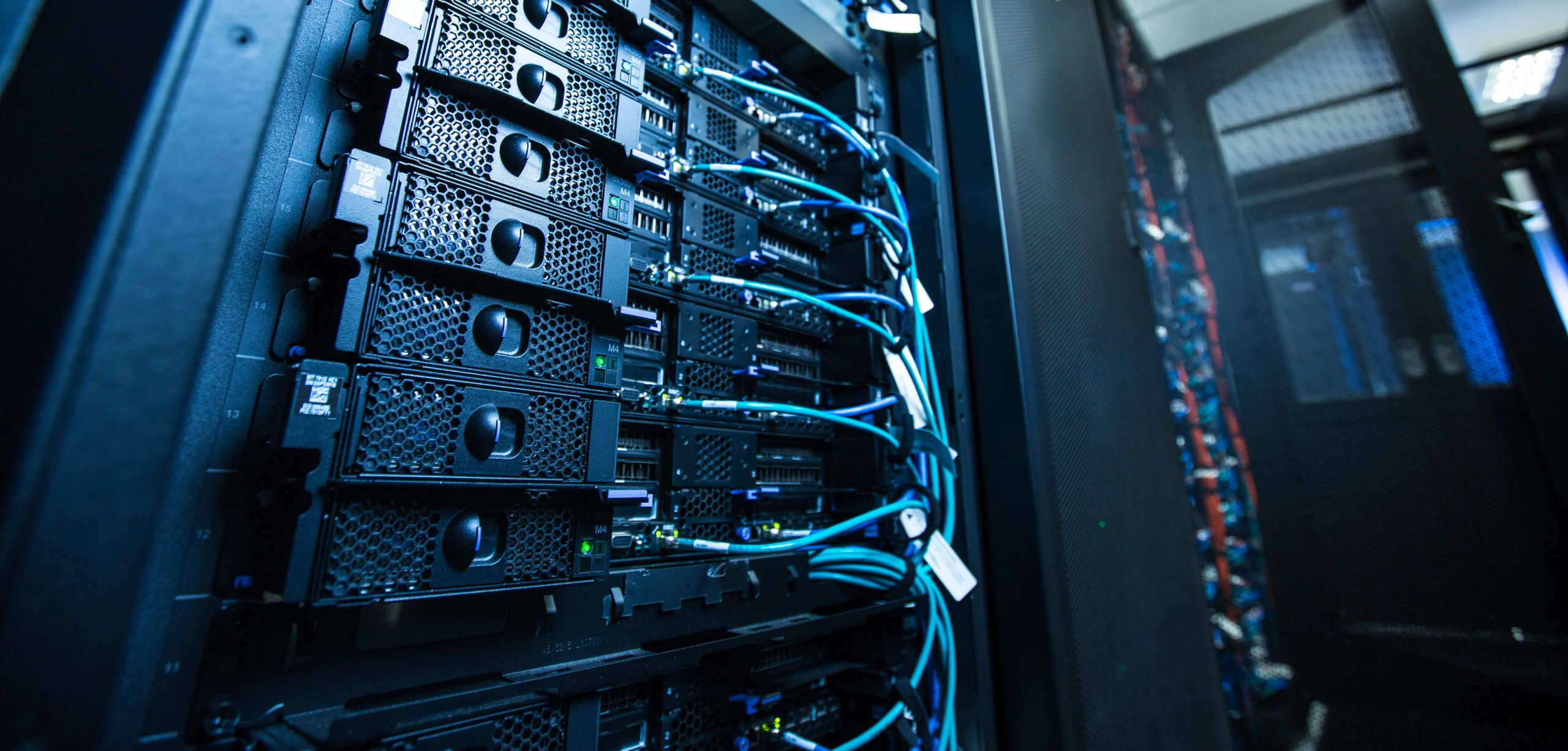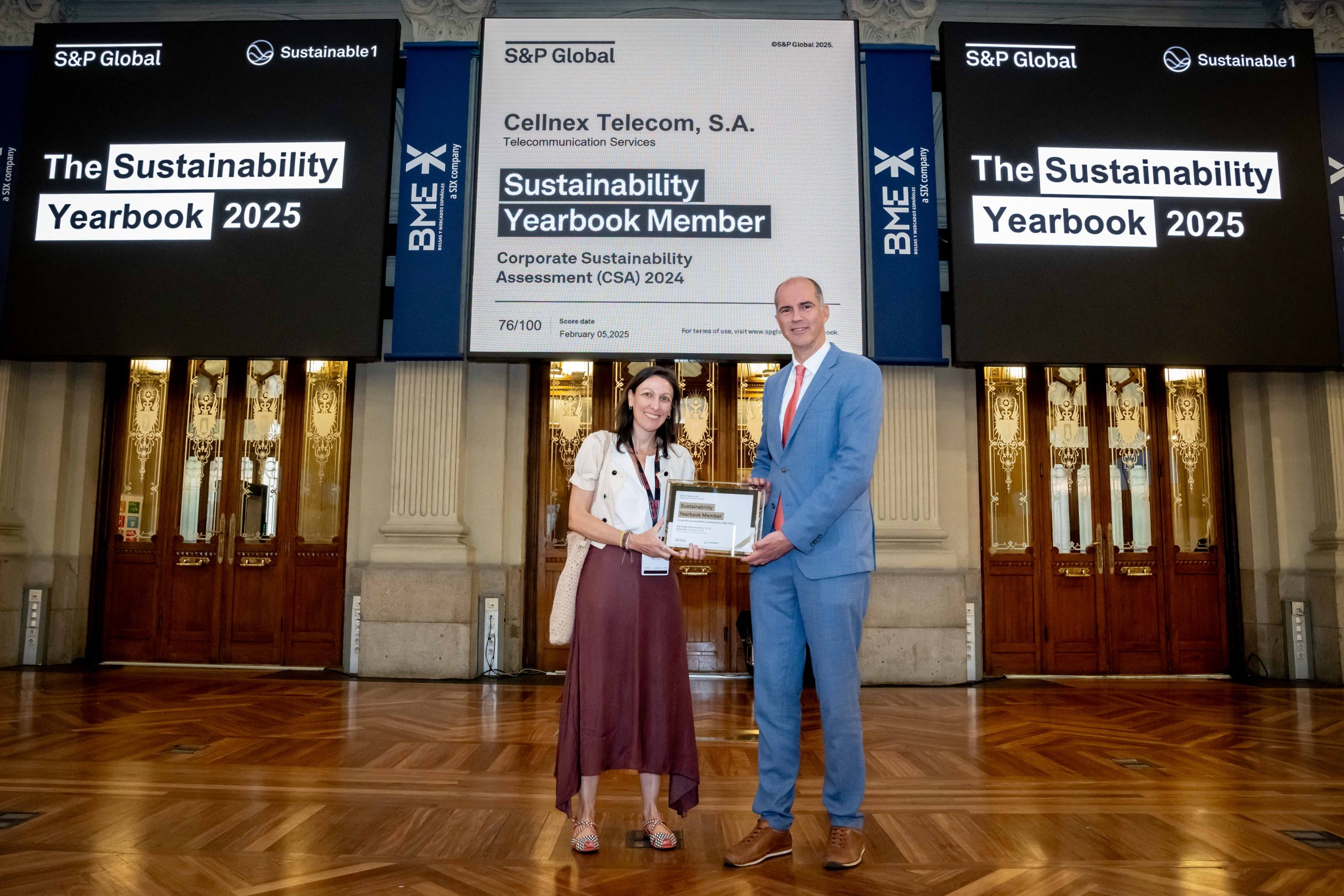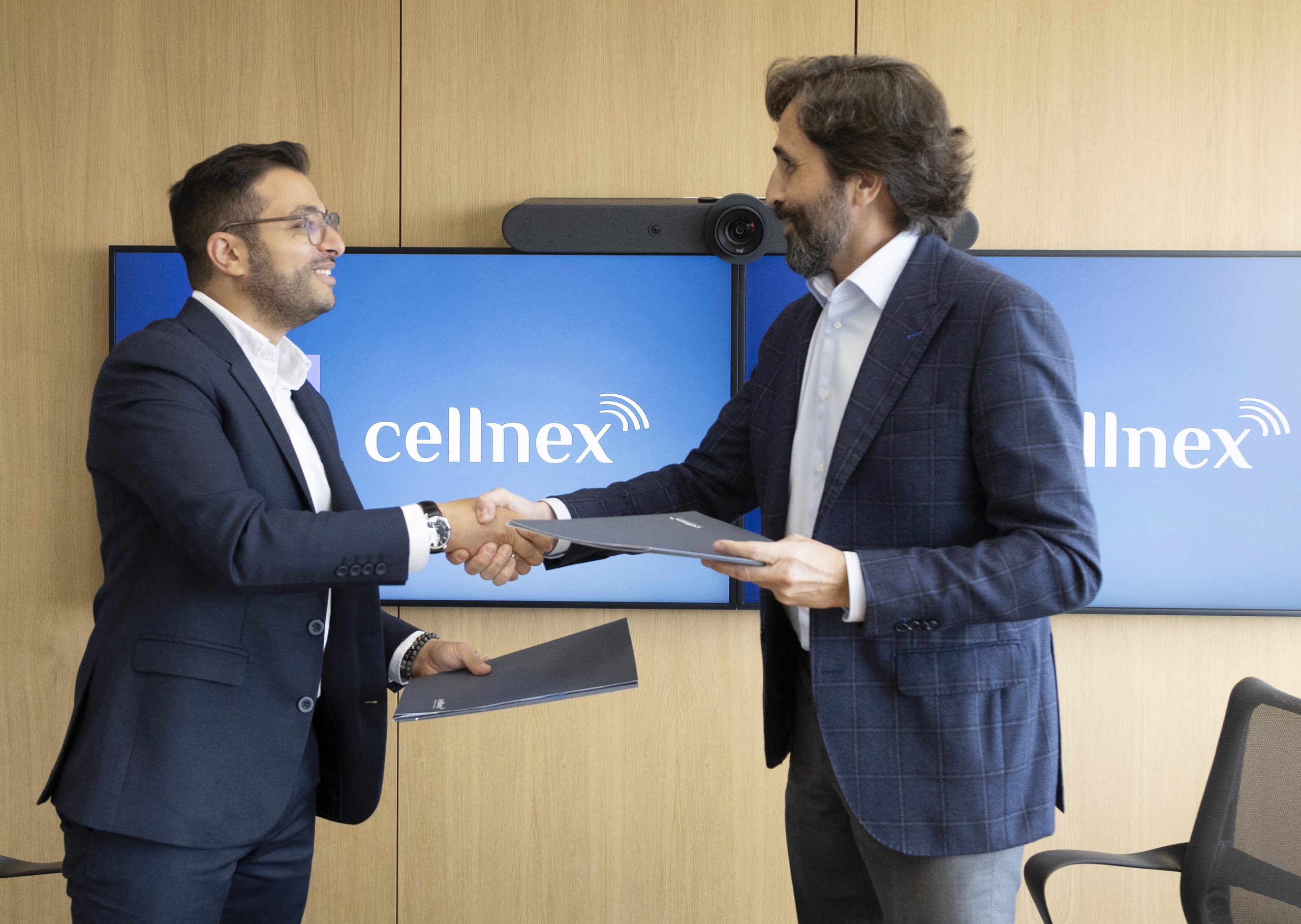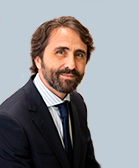Mediacenter

- 24 Oct 2025
- ·
- France
Consolidation of the telecoms market: an opportunity to accelerate investment and improve network quality in France, according to Cellnex
Paris, October 20, 2025 – As discussions intensify around a possible consolidation of the French telecoms market, Cellnex, the leading independent telecom infrastructure operator in Europe and France, believes that this development could be a strategic lever for strengthening the sector’s competitiveness. Provided it is accompanied by clear and measurable commitments, it would accelerate investment, improve service quality, and permanently eliminate dead zones.
A market in need of a boost
Since the arrival of a fourth mobile operator in 2012, French consumers have benefited from an average price reduction of around 40%. However, this trend has weakened operators’ margins, reducing their ability to invest in the infrastructure essential to the country’s digital transformation. As a result, France is lagging behind in the deployment of mobile network infrastructure, particularly 5G. France has a lower antenna density than its neighbors: 5.6 antennas per 1,000 inhabitants (source: ANFR 2025), compared to 7 in Germany and 8 in Spain.
According to data published by ARCEP in September 2025: 5G coverage is 77% of households in France, compared to 93% in Spain and 95% in Sweden. Rural areas remain the most affected, with only 42% coverage in France, compared to 78% in Spain, for example, and speeds sometimes below 10 Mbps, compared to over 100 Mbps in urban areas.
Average 5G download speeds are higher in neighboring countries such as Spain (165 Mbps), Italy (284 Mbps), and the UK (228 Mbps). In fact, France has 62% of 5G sites open on the 3.5GHz frequency (the core frequency of 5G), while in Spain and Sweden, the figure is over 70%, guaranteeing better speeds.
Consolidation: a lever for investment, under certain conditions
For Cellnex, a merger between French operators could:
- Pool resources and reduce operating costs by 10 to 15% according to industry estimates.
- Accelerate the rollout of fiber and 5G, particularly in low-density areas.
- Densify the mobile network, which is essential to absorb traffic growth (an average of +25% per year).
The rapid growth in mobile traffic generated by artificial intelligence, particularly in dense urban areas, is driving a transformation of mobile networks. IDATE forecasts a sixfold increase in mobile traffic by 2030, driven by low-latency AI applications. ARCEP recommends increasing the density of relay antennas to absorb this demand, particularly in urban areas, in order to guarantee the performance of AI services and avoid network saturation.
Five years after its launch, 5G is struggling to cover the whole of France. However, reliable mobile connectivity is essential to support uses related to artificial intelligence, telemedicine, teleworking, and smart industry. France aims to become a technological leader, but an uneven network is slowing down this momentum. Consolidation must therefore be accompanied by guarantees of investment in underserved areas, with quantified targets and service quality commitments.
The British precedent: a model to follow
The merger between Vodafone UK and Three, approved in 2024 by the CMA (Competition and Markets Authority), illustrates the benefits of regulated consolidation. This merger was accompanied by:
- An investment plan of £11 billion over 10 years.
- A target of 99% 5G coverage for the population by 2030.
- Enhanced monitoring by the regulator Ofcom.
“The British example shows that regulated consolidation can become a real lever for investment and improvement in the quality of mobile networks. In France, we advocate this approach: Any merger between operators must be an opportunity to modernize existing infrastructure and build new infrastructure, particularly by increasing density in urban areas. As the leading mobile infrastructure operator in France, Cellnex is ideally positioned to play a central role in implementing these commitments and supporting industry players in this strategic transformation,” said Thomas Bertrand, CEO of Cellnex France.
A committed industrial partner
Cellnex has been supporting operators in their network modernization and deployment projects for over 10 years. The company has been investing in improving connectivity across the country for the past 10 years.
About Cellnex Telecom
Cellnex is Europe’s largest telecommunications infrastructure and tower operator, enabling operators to access a vast network of telecommunications infrastructure on a shared basis, thereby helping to reduce barriers to access and improve services in the most remote areas, while contributing to a more sustainable deployment. The company manages a portfolio of more than 110,000 sites, including planned deployments through 2030, in 10 European countries, with a significant presence in Spain, France, the United Kingdom, Italy, and Poland. Cellnex, listed on the Spanish Stock Exchange, is part of the IBEX35 and Euro Stoxx 100 selective indices and holds notable positions in leading sustainability indices such as FTSE4Good, MSCI, and DJSI Europe.
For more information, please visit: Cellnex Telecom





























